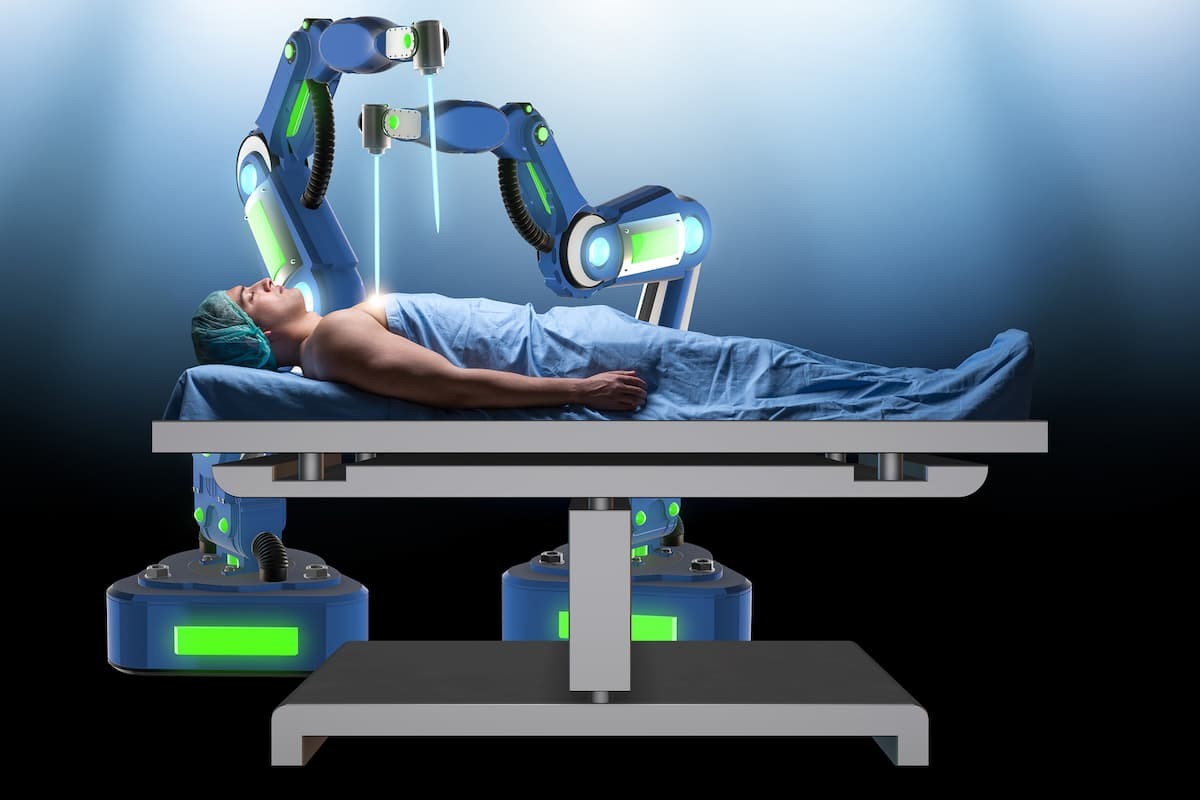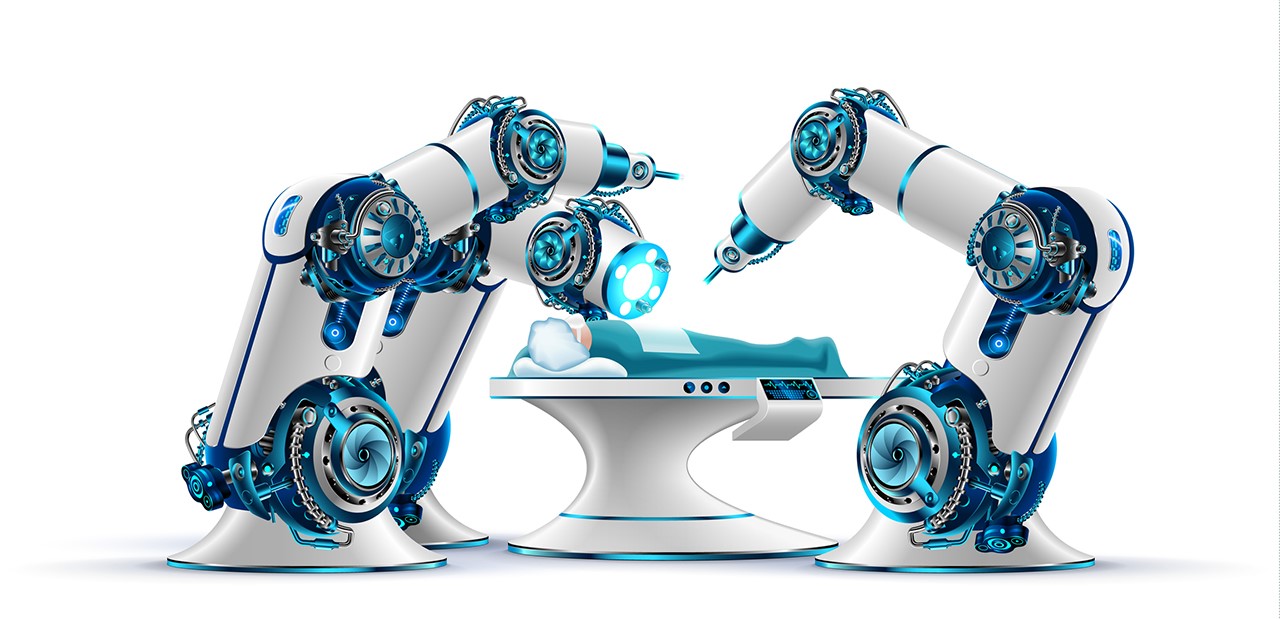In the ever-evolving landscape of modern medicine, robotic surgery stands at the forefront of technological advancement, promising to revolutionize surgical procedures and patient outcomes. As we delve into the future of robotic surgery, it is crucial to explore the potential benefits, emerging trends, and the challenges that lie ahead. This article aims to provide a
In the ever-evolving landscape of modern medicine, robotic surgery stands at the forefront of technological advancement, promising to revolutionize surgical procedures and patient outcomes. As we delve into the future of robotic surgery, it is crucial to explore the potential benefits, emerging trends, and the challenges that lie ahead. This article aims to provide a comprehensive overview of the future of robotic surgery, focusing on how precision, innovation, and integration are set to transform the healthcare sector.
Precision in Surgical Procedures
Robotic surgery, also known as robot-assisted surgery, leverages advanced robotic systems to perform intricate surgical tasks with unparalleled precision. These systems are designed to enhance the capabilities of human surgeons, allowing for minimally invasive procedures that reduce trauma, minimize scarring, and expedite recovery times.
One of the most significant advantages of robotic surgery is its ability to provide enhanced visualization and dexterity. Surgeons operate robotic instruments through a console, which offers a high-definition, magnified 3D view of the surgical site. This level of detail enables surgeons to perform complex maneuvers with greater accuracy, reducing the risk of complications and improving patient outcomes.
Moreover, robotic systems are equipped with advanced sensors and feedback mechanisms that provide real-time data to surgeons, allowing them to make informed decisions during surgery. This integration of technology and human expertise is poised to set new standards in precision and safety in surgical procedures.

Picture by: Yandex.com
Innovation Driving the Future
The future of robotic surgery is intrinsically linked to ongoing innovations in technology. Several key trends are expected to shape the evolution of robotic surgery in the coming years:
- Artificial Intelligence (AI) Integration:
AI is set to play a pivotal role in the future of robotic surgery. Machine learning algorithms can analyze vast amounts of surgical data to identify patterns and predict outcomes. This information can assist surgeons in planning and executing procedures with greater precision. Additionally, AI-powered robotic systems can adapt to individual patient anatomy, providing personalized surgical solutions. - Enhanced Haptic Feedback:
One of the limitations of current robotic systems is the lack of tactile feedback. Future advancements are likely to focus on improving haptic feedback, allowing surgeons to feel the texture and resistance of tissues. This development will enhance the surgeon’s ability to perform delicate tasks and reduce the risk of inadvertent damage to surrounding structures. - Tele-surgery and Remote Collaboration:
Tele-surgery, where surgeons can perform procedures remotely using robotic systems, is an exciting prospect for the future. This technology has the potential to provide access to specialized surgical expertise in underserved areas, bridging the gap in healthcare disparities. Furthermore, remote collaboration between surgeons from different parts of the world can facilitate knowledge sharing and improve surgical outcomes. - Miniaturization and Portability:
The trend towards miniaturization of robotic systems is expected to continue, making them more portable and accessible. Smaller, more compact robotic systems can be used in a wider range of clinical settings, including outpatient clinics and rural hospitals. This will democratize access to advanced surgical technology and improve patient care globally.

Picture by: Yandex.com
Challenges and Considerations
While the future of robotic surgery holds immense promise, it is not without challenges. Addressing these challenges will be crucial to realizing the full potential of this technology:
- Cost and Accessibility:
The high cost of robotic surgical systems remains a significant barrier to widespread adoption. Healthcare institutions must weigh the benefits of investing in robotic technology against the financial implications. Efforts to reduce the cost of these systems and improve their affordability will be essential to ensure equitable access to advanced surgical care. - Training and Skill Development:
The successful implementation of robotic surgery requires specialized training for surgeons. Medical institutions must invest in comprehensive training programs to equip surgeons with the necessary skills to operate robotic systems effectively. Ongoing education and certification will be essential to maintain high standards of surgical proficiency. - Regulatory and Ethical Considerations:
The integration of AI and other advanced technologies in robotic surgery raises important regulatory and ethical questions. Ensuring patient safety and data privacy will be paramount. Regulatory bodies must establish clear guidelines and standards to govern the use of robotic systems in healthcare. - Human-Machine Collaboration:
As robotic systems become more advanced, the dynamics of human-machine collaboration will evolve. Striking the right balance between automation and human oversight will be critical. Surgeons must retain control and decision-making authority while leveraging the capabilities of robotic systems to enhance their performance.
Conclusion
The future of robotic surgery is poised to transform the healthcare landscape, offering unprecedented precision, innovation, and accessibility in surgical procedures. As technological advancements continue to drive the evolution of robotic systems, the potential for improved patient outcomes and reduced healthcare disparities becomes increasingly tangible.
However, realizing the full potential of robotic surgery will require addressing key challenges, including cost, training, regulatory considerations, and the dynamics of human-machine collaboration. By fostering a collaborative approach between technology developers, healthcare providers, and regulatory bodies, we can pave the way for a future where robotic surgery becomes a standard of care, benefiting patients and healthcare systems worldwide.
In this era of rapid technological advancement, the future of robotic surgery holds the promise of safer, more efficient, and more precise surgical interventions, ultimately enhancing the quality of life for patients across the globe.
















